1 professionals
Pathologies of the Scalp: Clinic, diagnosis and treatment
Pathologies of the Scalp: Clinic, diagnosis and treatment
URL copied
Related topics
Fig: Trichotemnomania

This type of alopecia includes several pathologies, in particular specific scalp and hair follicle conditions (primary scarring alopecia), dermatoses with a particular localization (secondary scarring alopecia)1.
Fig: Dissecting Cellulitis of the Scalp (DCS)
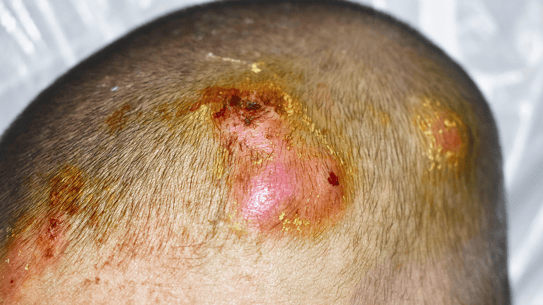
Fig: Alopecia totalis
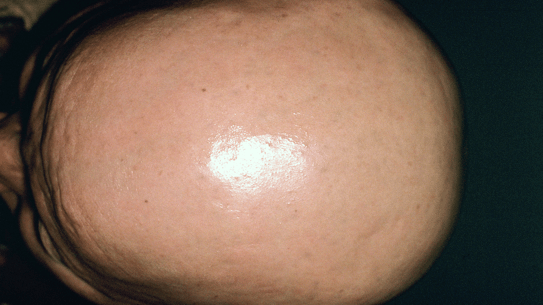
Fig 1: Androgenetic Alopecia in men; Fig 2,3,4: Androgenetic Alopecia in women

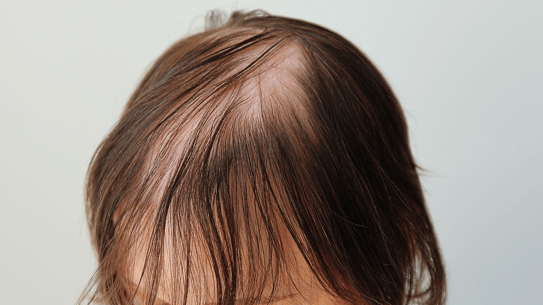

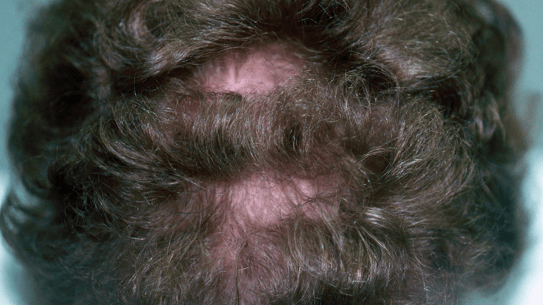
The pathological processes lead to the destruction of hair follicles, thus resulting in permanent alopecia. Treatments are generally not very effective1.
It requires specific targeted treatments administered in hospital.
Use an anti-dandruff shampoo, 3 times a week during the attack period, then once or twice a week for maintenance, alternating with a mild non-detergent shampoo.
Factors that irritate the scalp and aggravate dandruff should be avoided: blow-drying, brushing hair vigorously, hair coloring with ammonia, unsuitable detergent shampoos.
What type of shampoo can the patient use?
Can alopecia be associated with grooves on the nail surface?
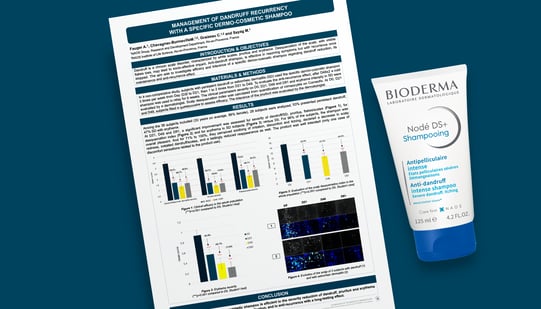
Management of dandruff recurrency with a specific dermocosmetic shampoo
Create easily your professional account
I create my accountAccess exclusive business services unlimited
Access valuable features : audio listening & tools sharing with your patients
Access more than 150 product sheets, dedicated to professionals
